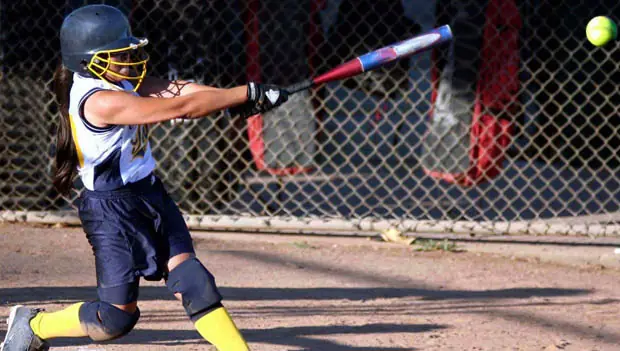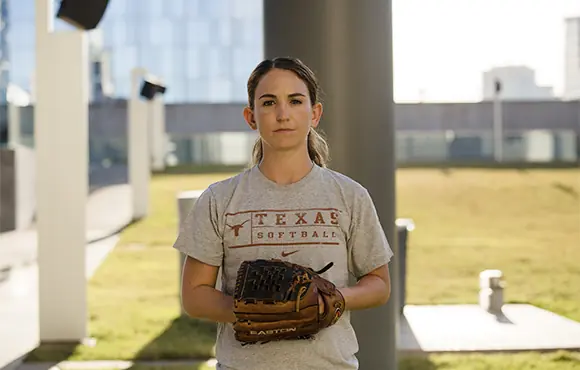
Is practice really preparing your batters for what they'll face in a game? Do you tend to have batters that look awesome in practice during drills or off the machine, but for some reason can't quite produce come game time? If so, you may be interested in these rather basic, yet often overlooked tips for hitting practice.
Practice Running
When you practice hitting, practice getting out of the box on every single swing. Oftentimes in practice, especially at the younger age level, coaches have batters stay in the box and swing at a set number of pitches. Maybe they have them run on the last hit. Then in the game they wonder why they forget to run after they hit the ball. Make sure to keep them running.
Visualization
Hitters should take as many swings off a tee, if not against live pitching, as possible. But what if your team doesnt have the capability to have each player take that many cuts off a tee or live pitching during practice?Even if there is only one tee for players to hit off, the other players can still practice their hitting technique. Have players get into their stance with the bat and visualize a pitcher pitching to them. They should go through their routine of starting outside the batters box then stepping in and getting ready for the pitch.
Have them see the ball being pitched to different spots (inside high, inside low, outside high, outside low, etc.) and take cuts at the different pitches they are seeing. They should visualize solid contact with each pitch and use the proper swing to hit the ball coming in the different locations. If they do five pitches at each location listed above, they will get in 20 swings with one drill.
Soft Toss
Soft toss is another way players can get some swings in. If you're using soft toss because you don't have a net, set up two stations to run at once. Just be sure that the tossers do not toss the ball at the same time. This gets the batter more swings in a shorter period of time compared to live pitching because batters should be able to hit every tossed ball. (Whereas in live pitching, they may not take a swing if the pitch is not good.)
Wiffle Balls
Set up a couple of stations where players can hit wiffle balls. You can soft toss these if you want, but its probably better to pitch them to the batters. Distance between the pitcher and the batter should be close (10-15 ft). This is quicker than hitting live with regular balls because you can set up 2-3 stations as opposed to having just one player hit live at the plate with real balls. Note: Wiffles dont go as far so its easier and faster to shag all the balls.
Slow Things Down
Don't rush your hitters through their 100+ swings. Why? Because that's not game-like. In a game, they see a pitch, have about a 10 second break, then see another pitch, and then have a break, and so on. They aren't going to be taking five swings in the span of 10 to 20 seconds.
In at least some of your hitting drills, allow your hitters to take a good swing, get out of their stance, reset, get ready again, then take another swing. Even if they have 30 seconds between each swing, 100 swings will take less than an hour. So dont rush them. Let them have quality swings with breaks in between, just like game time.
One more note about batting practice: If you can, it's always great to have your pitchers pitch to your hitters. It helps make the pitchers stronger and also makes the batters stronger when your pitchers are throwing their best stuff.
Related Articles:
 Find softball camps & clinics near you.
Find softball camps & clinics near you.









Discuss This Article